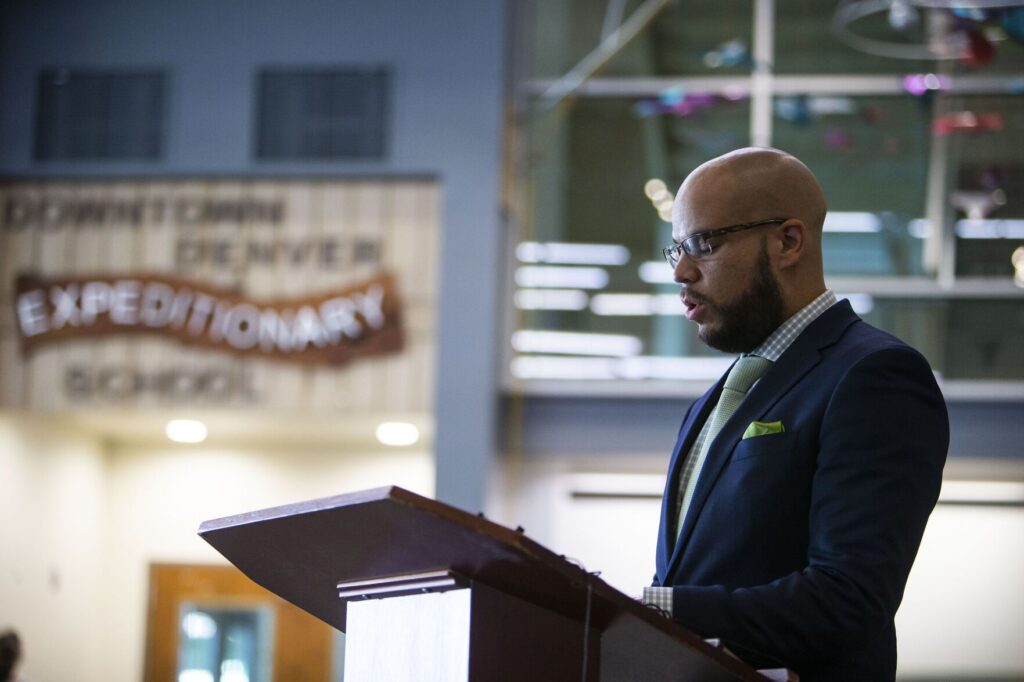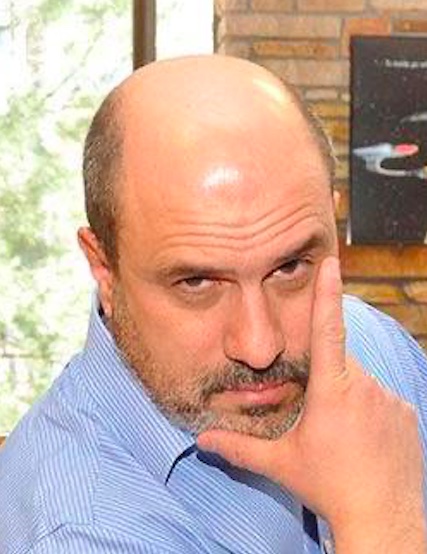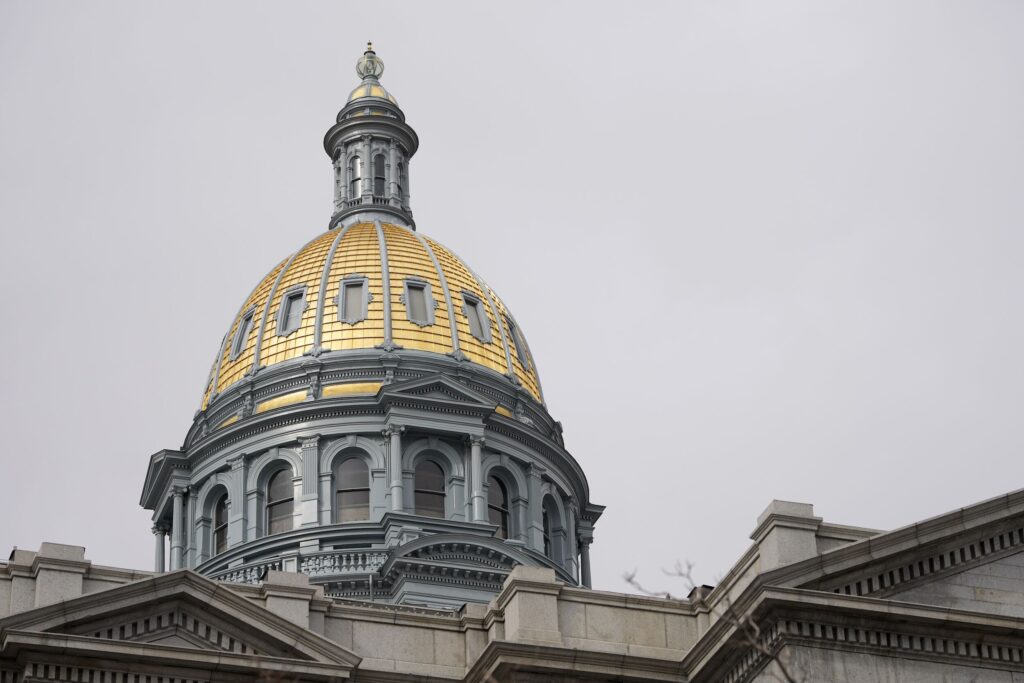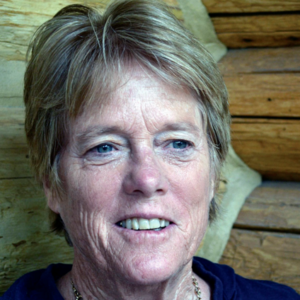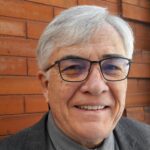Marking the milestones of Colorado’s cattle industry | GABEL
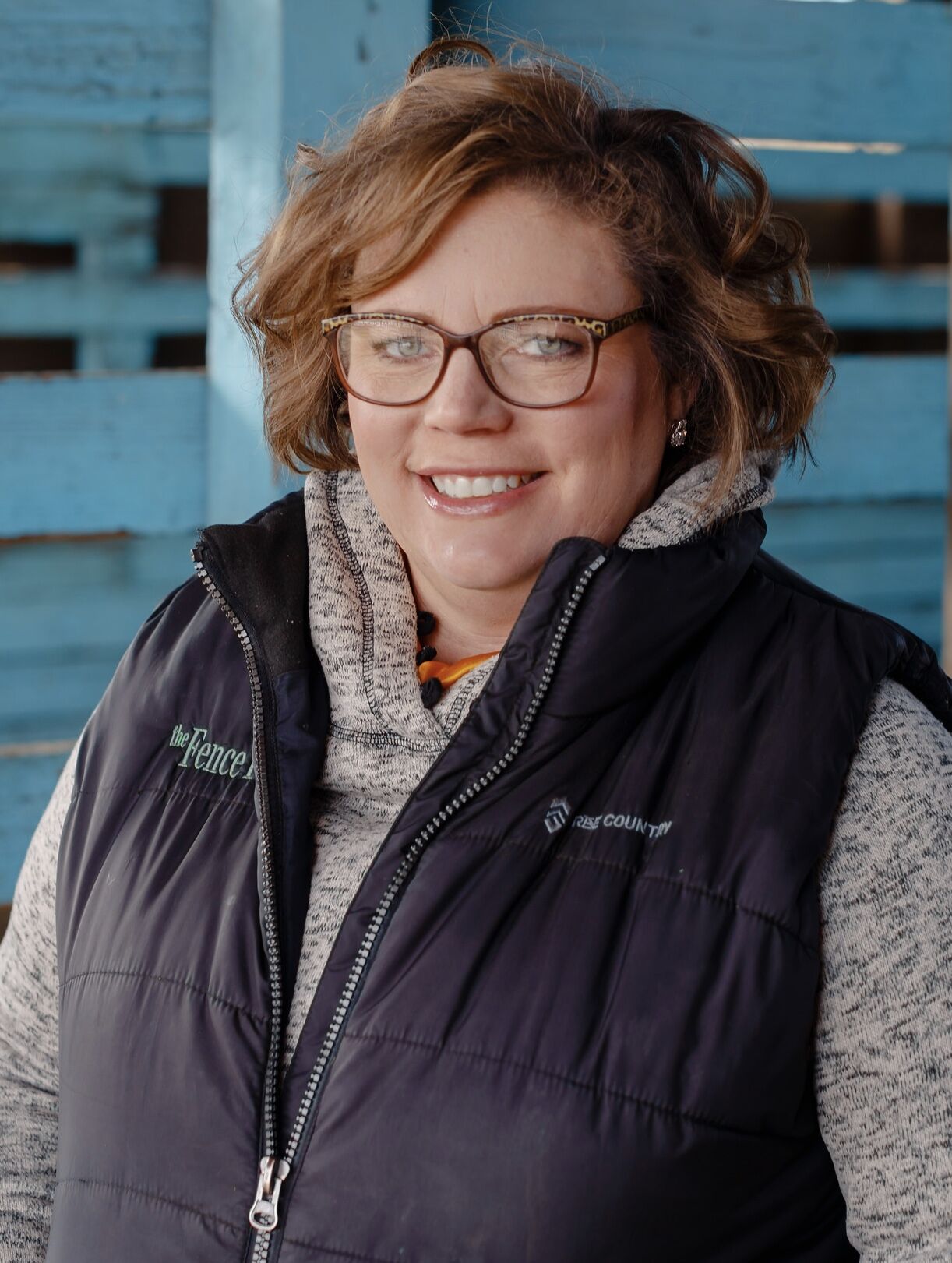
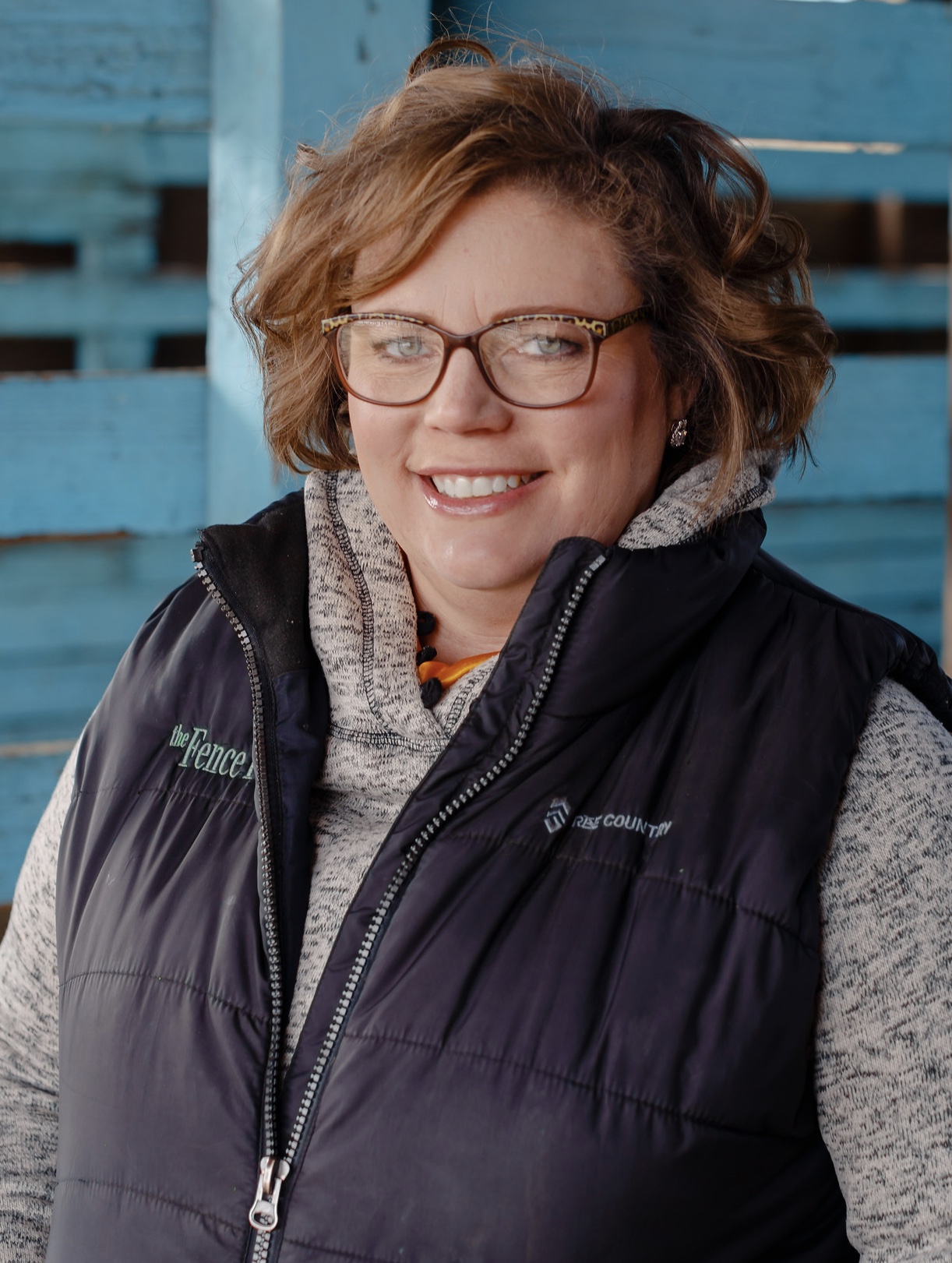
The grand champion steer at the Western Live Stock Show in 1906 was a product of the Colorado State University beef herd. It was the inaugural year for the event, and it took place in a borrowed big-top circus tent at the Denver Union Stock Yards Company. Known then as Colorado Agricultural College, it was a year away from the establishment of the veterinary curriculum. Students from the college filled 10 passenger train coaches to make their way to Denver. The champion steer was an 1,150-pound Shorthorn that sold for .33/pound or $379.50, about $12,000 in modern dollars. In addition to the sale price, Colorado Agricultural College took with them back to Ft. Collins $1,450 in cash premiums, two silver cups, and $15 of cigars.
Elias Ammons was photographed as part of a group displaying one such silver cup, the Denver Union Stock Yards behind them. In the photo, he wears a small-brimmed hat with a pencil roll. Ammons helped establish what is now the National Western Stock Show while he was at the helm of the Colorado Cattle and Horse Growers Association. His work firmly tied NWSS and CSU and he also led the state as a member of the general assembly and the governor from 1913-1915.
In the archives of the university, there is a black and white photo of a young woman posing with a burly Hereford, short and very much the style of the era. She is wearing a long coat with a fur collar and a linen Gatsby cloche hat that dates the photo likely in the 1920s. It’s beauty and the beef, captured on film, as well as a snapshot into the history of the herd.
In 1941, the front page of the Denver Post ran a photo of a 12-year-old Kenny Monfort with his NWSS grand champion steer. He paid $105.50 for the calf a year prior, and sold the Hereford for $1055, a harbinger of future success. In the photo with the steer, Monfort is wearing a tweed newsboy cap and, with the steer whose belly nearly touches the ground, they look like the 1940s in the flesh.
Some 20 years later, Kenny’s father, Warren Monfort, would hear of Dr. John Matsushima’s research. He knew Matsushima, who had grown up in Weld County and shown steers with Kenny. Matsushima was learning about the use of silage, tallow, dehydrated alfalfa, limestone, and aureomycin in feedyard rations, but it was the research into the carcass similarities between beef and dairy cattle that really caught Monfort’s eye. In 1961, he convinced Matsushima to return to CSU and it was there, conducting research on the beef herd, that he developed steam flaked corn and feed trucks, two foundational developments in the cattle feeding business.
The information won by Matsushima and others helped guide Kenny Monfort when he was expanding the cattle feeding business his father built. He built feedyards, perfected cattle rations that resulted in efficient weight gains, built packing houses near those feedyards, and began shipping “boxed beef,” primal cuts from the carcass ready for further cutting into retail products to wholesalers. His work represented leaps and bounds in food production and food safety, and put Colorado, and with it, CSU, on the map as the center of the cattle feeding empire.
Dr. Bob Taylor led the Seedstock team beginning in 1977 and his legacy of learning by doing was punctuated by exhibiting purebred cattle at NWSS, attending industry meetings, and organizing and hosting the annual CSU Bull and Female Sale.
This year, the team exhibited three Hereford heifers and three Hereford bulls at NWSS and left the Yards with Division Champion Pen of Three Spring Yearling Heifers, Division Champion Pen of Three Spring Yearling Bulls. It’s a repeat of 2022, when the team earned Grand and Reserve Champion Pen of Three Spring Yearling Hereford Females.
The research made possible by the beef herd now centers upon feed efficiency, a perennial scope of work; pulmonary arterial pressure or PAP testing for high altitude cattle; reproduction; and data exchange with breed associations.
The Seedstock Team not only works to better the CSU beef herd, but gives real world, rubber meets the road cattle marketing experience to the students who are committed. Throughout the year, students incorporate the mission of the land grant university – to teach, to conduct research, and to provide service to communities. In a state that welcomes into its economy $7.3 billion from the agriculture industry but is prone to forget its importance, it’s more important now than ever.
In the photos from this year, the Herefords are front and center, flanked by the all-female Seedstock team. Dr. Samantha Cunningham, the team advisor and CSU assistant professor is at the center. She’s a 4th generation rancher from Nebraska who earned her experience and knowledge the same way her team is now. In a nod to her father, Cunningham is wearing a vintage open road cattleman hat, the hat of Hereford men and presidents. The cattle represent one herd’s progress over 114 years and this year’s sale on Feb. 18 is the 46th. Gone are the cigars and silver cups, but those banners acknowledge more than just a single win. It’s tip of the hat to history, and a promise that the work made possible by the herd will continue, building upon the shoulders of giants.


